Methodological sheet of the indicator available for the Autonomous Community of the Basque Country.
| Available indicator |
Growth rates of household expenditure or income per capita among the bottom 40 per cent of the population and the total population |
|---|---|
| Target |
10.1 By 2030, progressively achieve and sustain income growth of the bottom 40 per cent of the population at a rate higher than the national average |
| Goal |
10- Reduce inequality within and among countries |
| Definition |
Average annualized growth rate over a five-year period of income and expenditure per capita of households in the poorest 40% of the population of the autonomous community (40% of people with the lowest income per consumption unit (modified OECD scale)) and of the total population. |
| Theoretical formula |
The annualized growth in average real per capita income or consumption is calculated by first estimating the average real per capita income or consumption of the bottom 40% of the welfare distribution in years T0 and T1 and then calculating the average annual growth rate between those years using a compound growth formula: Crecimiento del ingreso o consumo = \(\left( \frac{Average\, T_1}{Average\, T_0} \right)^{\frac{1}{T_1 - T_0}} - 1\) The growth in average real per capita income or consumption of the total population is calculated in the same way using data for the total population. |
| Available disaggregations |
Income group Province |
| Frequency |
Annual |
| Observations |
The number of units of consumption of a household is calculated using the modified OECD scale, which assigns a weighting of 1 to the first person aged 14 or over, a weighting of 0.5 to other persons aged 14 or over and a weighting of 0.3 to persons under the age of 14. |
| OCECA |

Indicator calculated using a methodology harmonised across the central statistical bodies of the autonomous communities |
| Data last updated | 2025/05/08 |
| Metadata last updated | 2025/06/13 |











